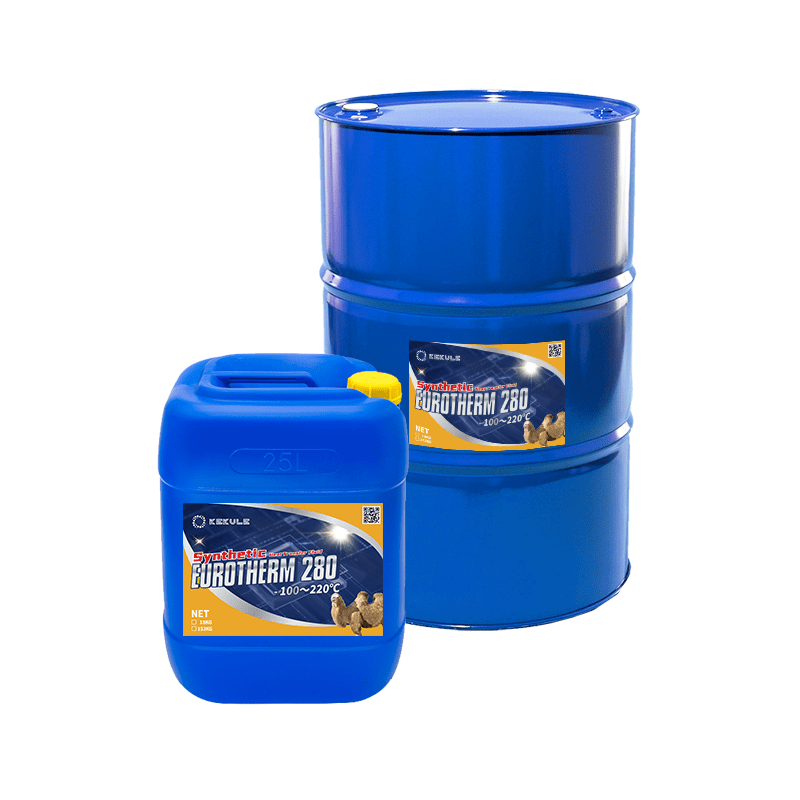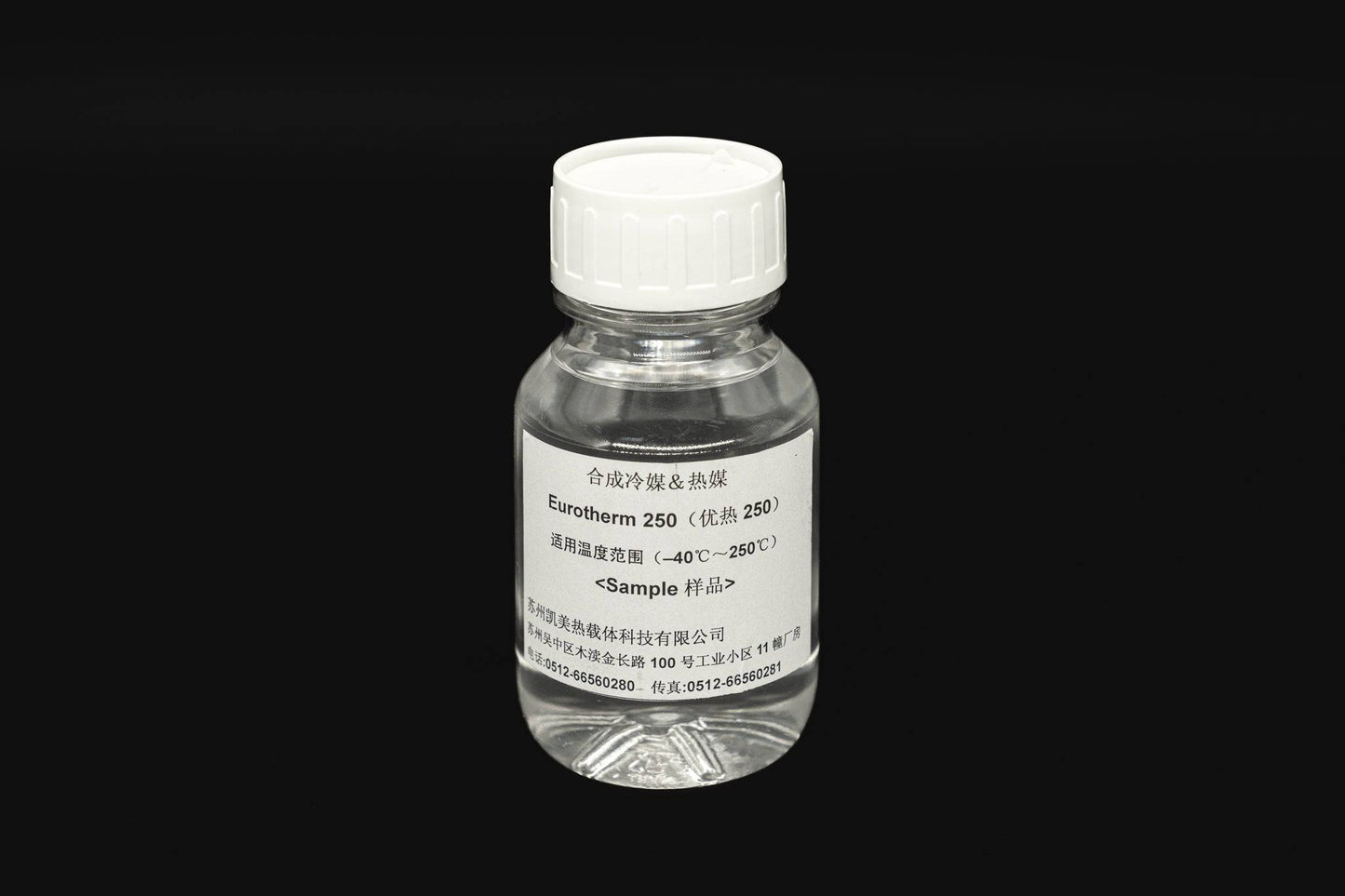Getting My Chemie To Work
Table of ContentsThe Ultimate Guide To ChemieThe Main Principles Of Chemie Things about ChemieWhat Does Chemie Do?Chemie for BeginnersChemie Fundamentals Explained
(https://allmyfaves.com/chemie999?tab=chemie999)Measured change in electrical conductivity of fluid examples as a feature of time when mixed with the resin sample in the closed indirect air conditioning loop experiment. Number 6 reveals the change in the gauged electrical conductivity of the liquid examples when mixed with the material sample. The conductivity of the water sample from the closed loop experiment decreased by about 70% from 11.77 S/cm to 3.32 S/cm in six hours.These outcomes suggested that the ability of the material depends upon the test fluid used for the experiment. This shows that various ions present in the fluid will cause various ion exchange capacity of the fluid. Calculating the ion exchange material ability with the fluid sample from the actual air conditioning loophole is important.
Little Known Questions About Chemie.
Therefore, an ion exchange resin cartridge having 20g of Dowex combined bed material might tackle order 938 days to fill. To put it simply, to preserve a reduced electric conductivity, a resin cartridge with the measurement and weight spec as that of the material cartridge utilized in the experiment, require to be altered every 30 months for the air conditioning system that was used in the experiment
The cooling of electronic components has actually ended up being a significant difficulty in recent times due to the advancements in the layout of faster and smaller sized parts. The use of a fluid coolant has ended up being eye-catching due to the greater warm transfer coefficient attained as compared to air-cooling.
About Chemie
A solitary phase air conditioning loop consists of a pump, a warmth exchanger (chilly plate/mini- or micro-channels), and a warmth sink (radiator with a follower or a liquid-to-liquid warmth exchanger with cooled water air conditioning). The heat resource in the electronics system is affixed to the warm exchanger.
The needs may differ depending on the sort of application. Adhering to is a checklist of some general demands: Good thermo-physical residential or commercial properties (high thermal conductivity and specific heat; low thickness; high latent heat of dissipation for two-phase application) Low freezing factor and ruptured factor (often ruptured security at -40 C or reduced is needed for delivery and/or storage objectives) High atmospheric boiling point (or reduced vapor stress at the operating temperature level) for single phase system; a slim preferred boiling point for a two-phase system Great chemical and thermal stability for the life of the electronics system High flash point and auto-ignition temperature (sometimes non-combustibility is a demand) Non-corrosive to products of building (metals as well as polymers and various other non-metals) No or very little regulatory restraints (environmentally pleasant, safe, and perhaps eco-friendly) Cost-effective The very best electronics coolant is an affordable and safe liquid with superb thermo-physical residential properties and a long life span.
Chemie Fundamentals Explained
The majority of these fluids have a non-discernible smell and are nontoxic in instance of call with skin or ingestion. As mentioned in the past, aliphatic PAO-based fluids have changed the silicate-ester fluids in a range of army electronic devices (and avionics) cooling applications in the last years. An additional course of popular coolant chemistry is dimethyl- and methyl phenyl-poly (siloxane) or frequently referred to as silicone oil.
Of all, these liquids are non-combustible and non-toxic. Some fluorinated substances have no ozone diminishing possible and other environmental residential or commercial properties.
Ethylene glycol is anemic and practically odor-free and is entirely miscible with water. When properly prevented, it has a reasonably reduced corrosivity. This coolant is identified as poisonous and need to be managed and disposed of with care. The top quality of water utilized for the prep work of a glycol option is really essential for the system.
The Chemie PDFs

This is a reduced cost antifreeze option, finding usage in refrigeration services and ground source warmth pumps - silicone fluid. This liquid can be made use of down to -40 C owing to its reasonably high rate of heat transfer in this temperature range.
It is considered even more unsafe than ethylene glycol and consequently has discovered usage just for procedure applications located outdoors. Additionally, methanol is a flammable liquid and, as such, presents a potential fire danger where it is kept, handled, or utilized. This is an aqueous service of denatured grain alcohol. Its major advantage is that it is non-toxic.
The Facts About Chemie Uncovered
As a flammable fluid, it requires particular preventative measures for taking care of and storage. Liquid services of calcium chloride locate large usage as circulating coolants in food plants. It is non-flammable, non-toxic and thermally extra efficient than the glycol solutions. A 29% (by wt.) calcium chloride remedy has a freezing point listed below -40 C.
